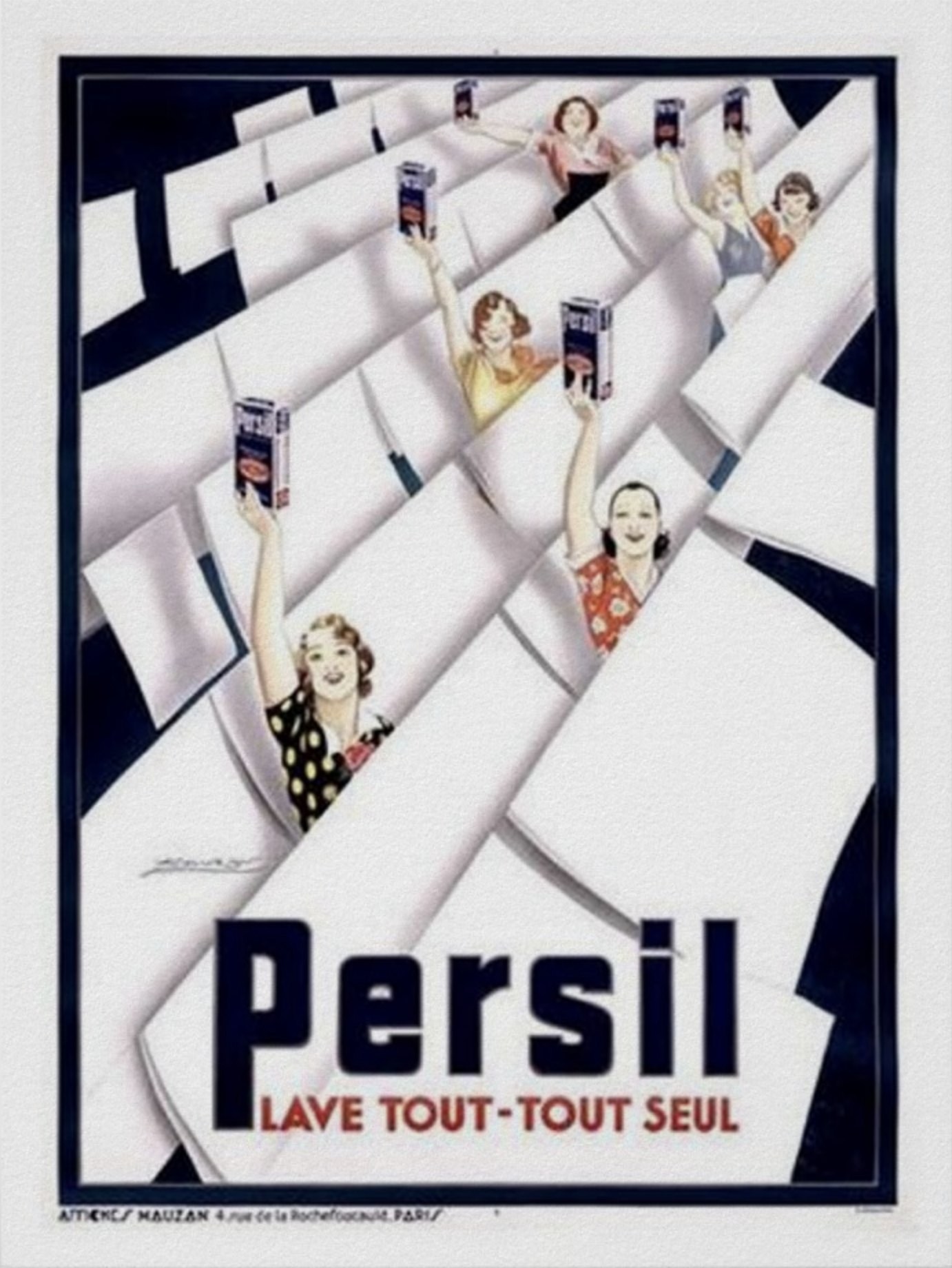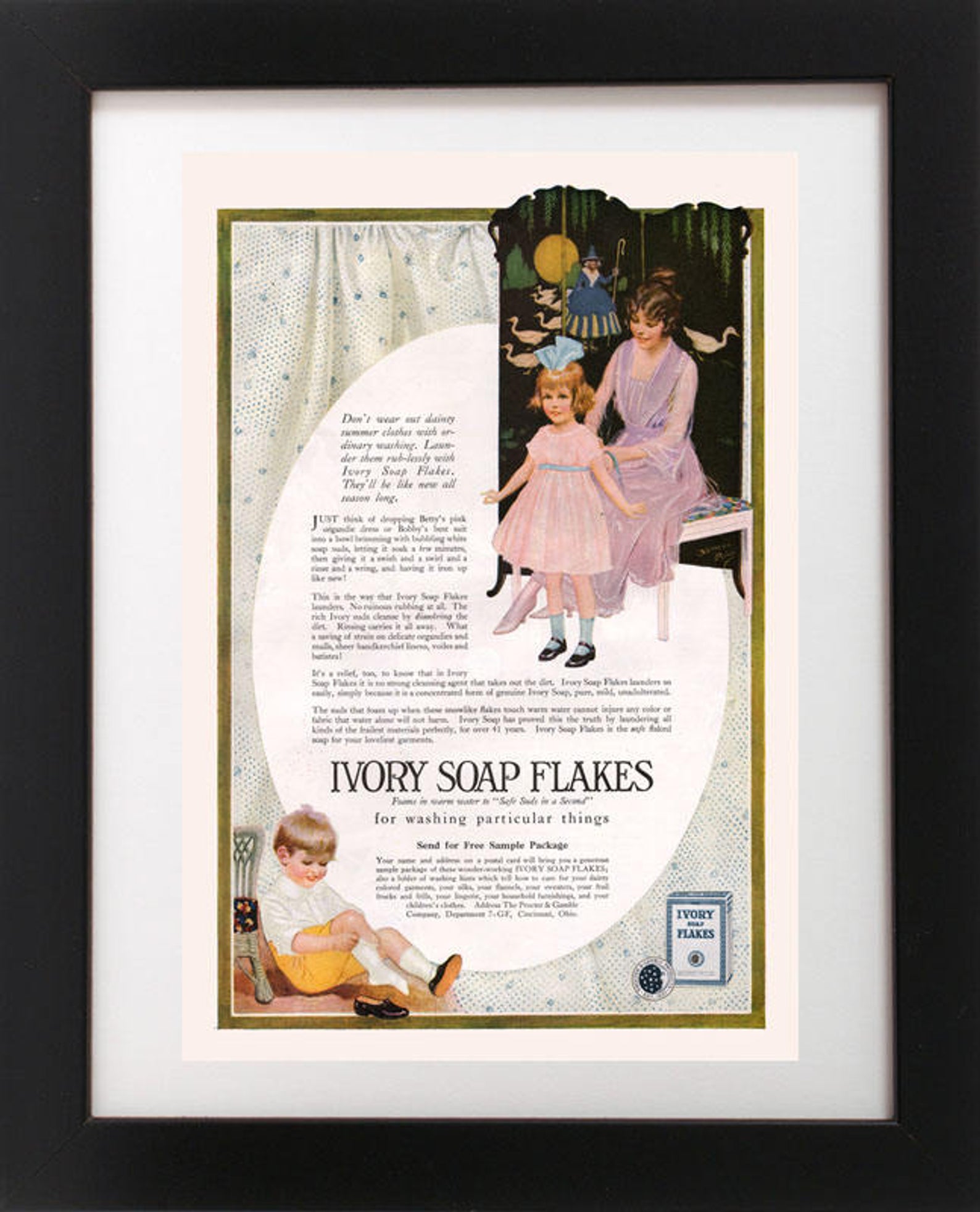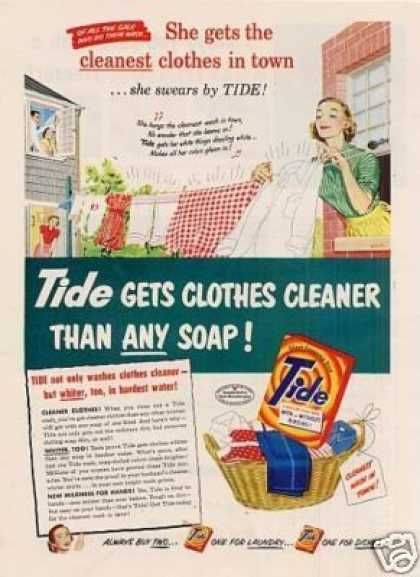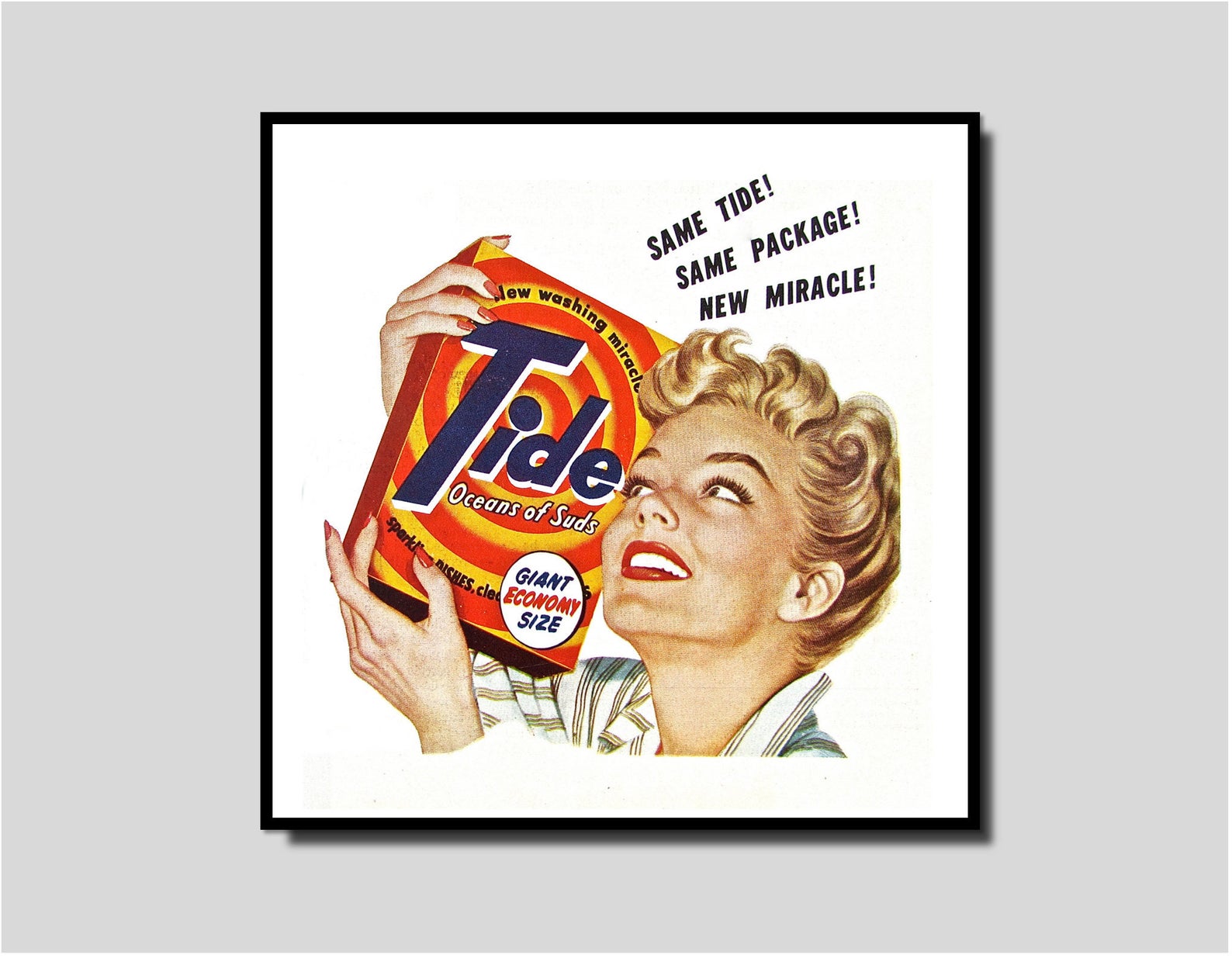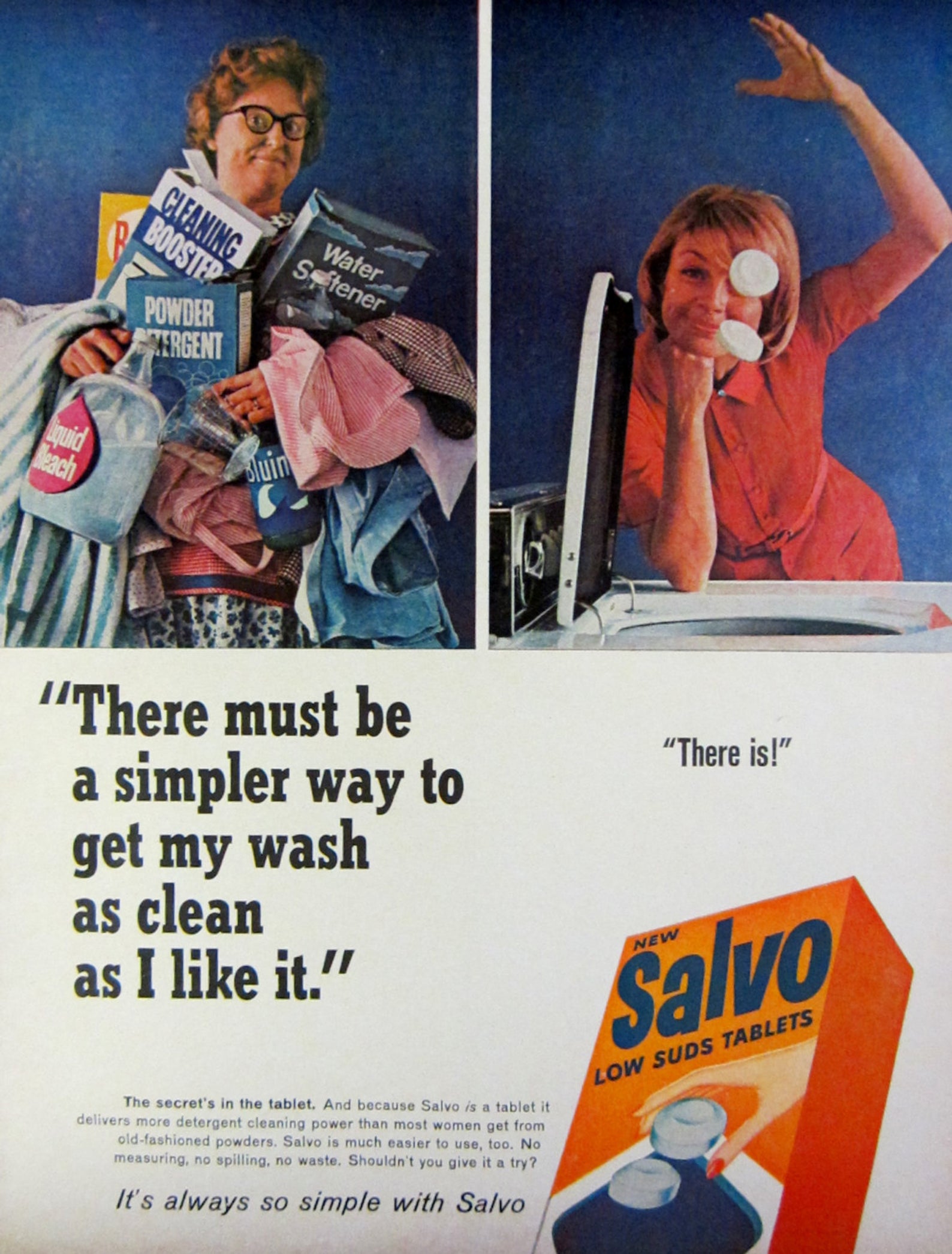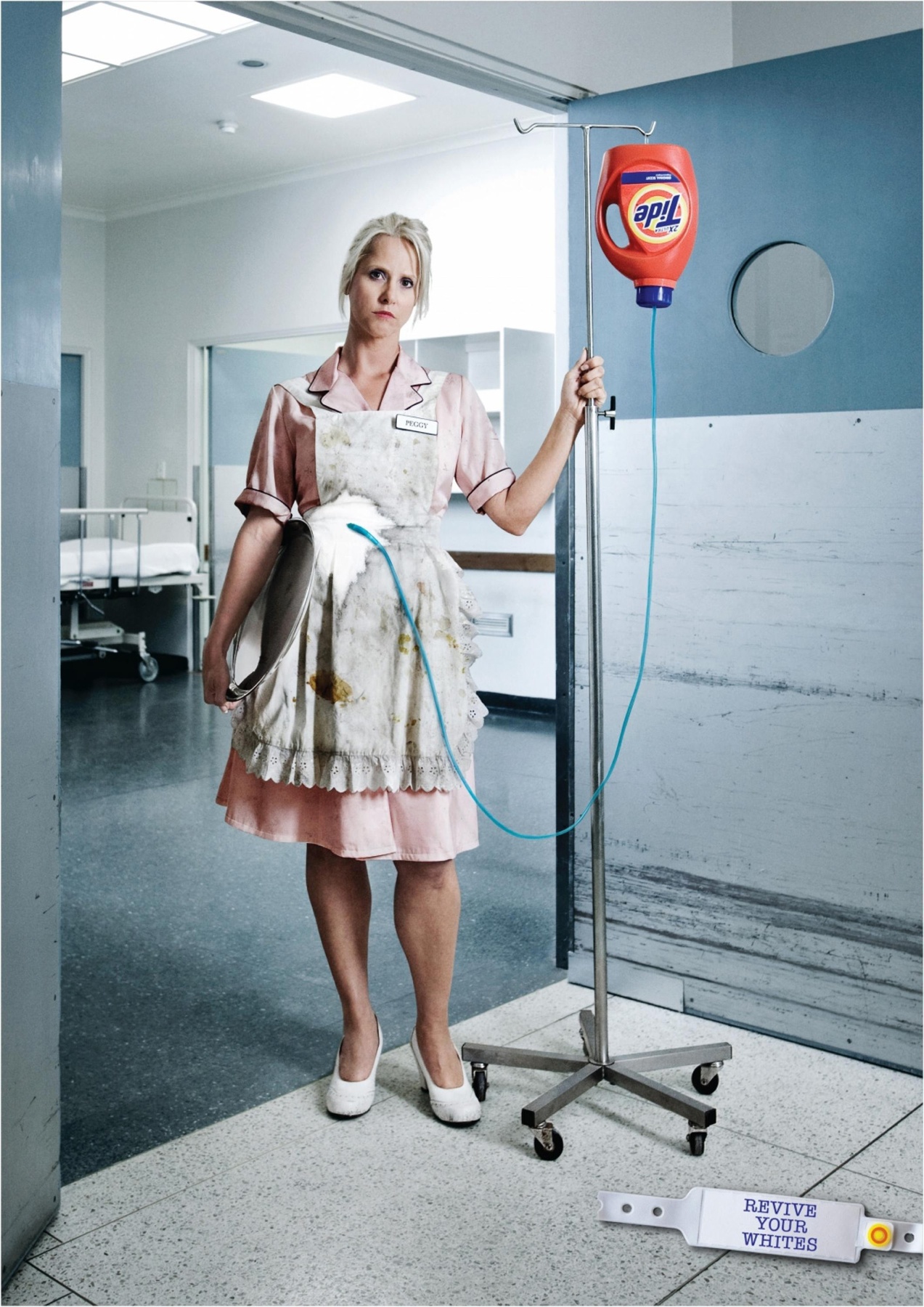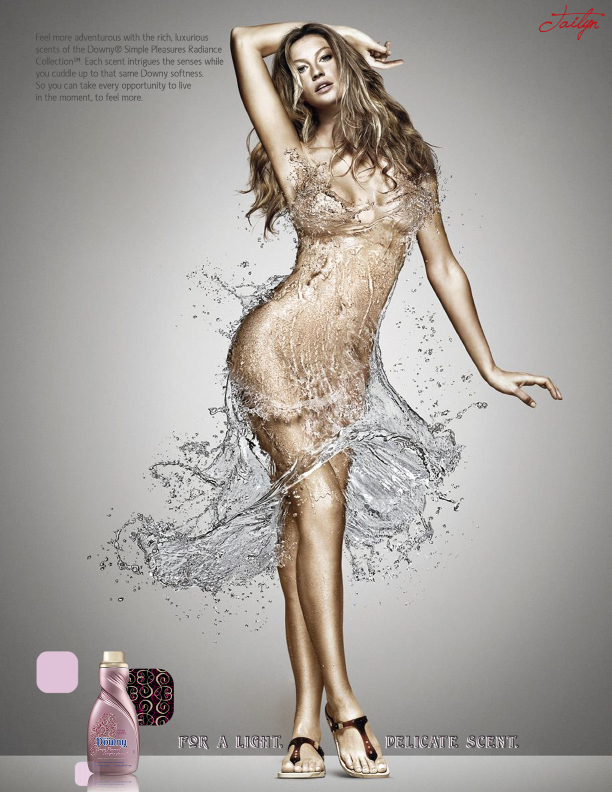CLEANERS
I chose to explore my neighborhood, Lower Pacific Heights during several walks over the last week. I've come to find that there are NINE cleaners in my little neighborhood.
Lower Pacific Heights sits just below Pacific Heights, one of the wealthiest neighborhoods in San Francisco.
I spent the afternoon photographing the exteriors of these banal, unnoticed service providers of Lower Pacific Heights looking for connections...
I originally thought I'd draw a comparison from the number of cleaners in such a small area to the affluence. Given the vintage nature of many of the buildings, I thought to use commercial jingles to score my film.
During my research on jingles, I found a much greater social commentary: sexism and gendering in advertising. I spend numerous hours watching laundry soap commercial after laundry soap commercial from the 1950s through present day. One common thread was revealed: women are the cleaners. Women do the laundry. Below are a few of the more sexist commercials I’d discovered, but needless to say, they all hit upon some aspect of the societal trope of housework being deemed for women only.
And just in case you might find that these commercials are relics of previous generations, gender stereotypes, and that somehow we’ve certainly moved on to a more progressive approach to marketing the household chore of doing laundry, think again. These commercials were made in the last ten years…
The Clorox commercial doubles down on the sexism leveraging the legacy of laundry of being women’s work as a “laundry through the ages” retrospective.
Ugh.
Sexism in advertising does not just apply to television commercials, but to print advertising as well…
And there is much scientific study on the topic of gendering and sexist stereotyping through advertising. A study of print advertisements conducted early in the 1970s by Courteny and Lockeretz showed very rarely showed women in working roles. About 33% of the full-time workers in the United States are women: however, only 12% of the workers shown in the ads were female. Moreover, if professional entertainers of both sexes are excluded, the proportion of women workers pictured drops to just seven percent. Almost half of the men (45%) were shown in working roles: in contrast, less than one-tenth of the women (9%) were shown in working roles. (Courteny and Lockeretz, 1971).
More recent study and commentary on the topic, researchers, Ferguson, Kreshel, and Tinkham revealed that a fifteen-year review of Ms. magazine print advertisement were in fact counter to their stated policy against “harmful” advertisements that project gender stereotypes or are offensive to women. Their study concluded that while the publication may have started out with strict policy in service to their target demographic within short order it became subservient to the advertisers. Their conclusion presented a commentary on the power of advertising, “to create and transmit cultural meaning, the presence of stereotypes which are inaccurate, offensive, and confining is particularly troubling. Such stereotypes provide a limited "vocabulary of interaction," encouraging people to think and speak of women primarily in terms of their relationship to men, family, or their sexuality, (Fergusen, Kreshel, and Tinkham, (Tuchman, 1990).
Portraying women as less than, as objects, and as stereotypes of gender tropes that have place in contemporary advertising — let alone all advertising — is troubling . Yet it remains.
Lisa Bennett, NOW Communications Director, reports on the sexist advertising used in the 2017 Super Bowl, specifically the selling of products using gender stereotypes, sexual exploitation, objectified women and gratuitous violence. She summarizes an Audi ad’s message ”not only nonsense, it’s dangerous. Sorry, Audi, but women’s bodies are not the proving ground for men’s machismo, their self-esteem. This ad perpetuates an age-old myth that needs to be put to rest. No, men are not entitled to “take” women as a prize or as solace. It is not “brave” to steal a kiss from an unsuspecting woman or girl. And it’s outrageous to produce a commercial that cheers on such an act. (Bennett, 2013).
MY FINAL PIECE
My final piece, a film, brings together the overlooked, ignored storefront locations of the cleaners in my neighborhood and a commentary on the gender stereotyping of advertising as juxtaposed against the soundtrack of laundry commercials spanning the last sixty years. Even the imagery in the cleaners’ windows used for promotion is gendered furthering the commentary: women are the cleaners.
“Cleaners”
REFERENCES
Bennet, L. 2013.“Super Bowl Ads Promote Sexist Attitudes, Offensive Behavior.” National Organization for Women, now.org/blog/super-bowl-ads-promote-sexist-attitudes-offensive-behavior/.
Courtney, A. and Lockeretz, S. 1971. ‘A Woman’s Place: An Analysis of the Roles Portrayed by Women in Magazine Advertisements’. Journal of Marketing Research 8(1), 92–5.
Ferguson, J., Kreshel, P., and Tinkham, S. 1990. ‘In the Pages of Ms.: Sex Role Portrayals of Women in Advertising’. Journal of Advertising 19(1), 40–51.












